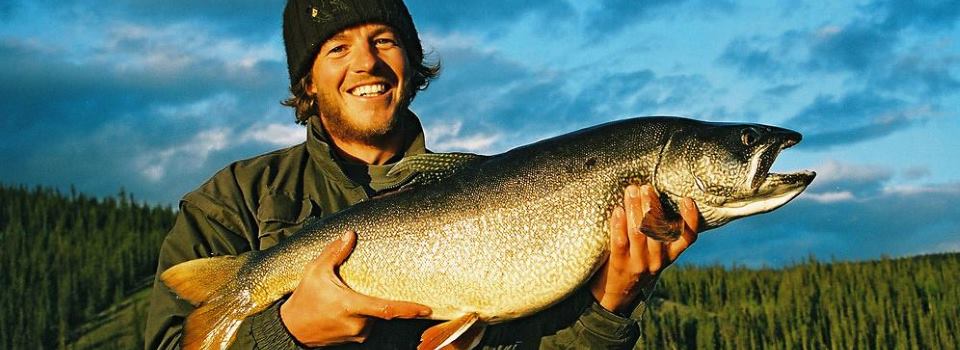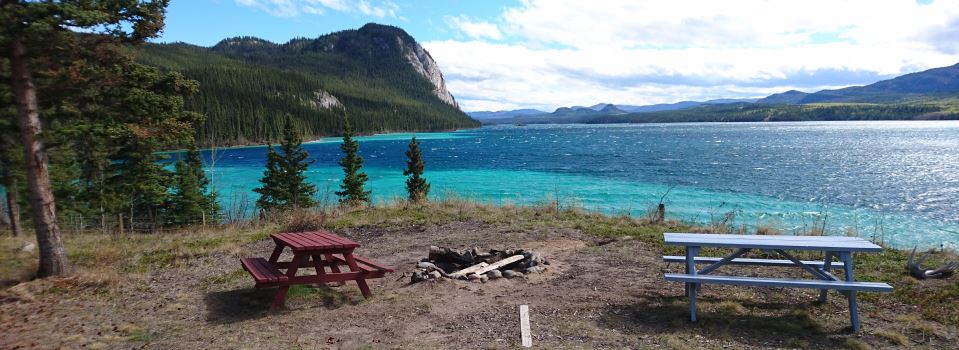Canada’s Yukon Territory covers over 480.000 square kilometers in western Canada, bordering Alaska to the west, British Columbia to the south and the Northwest Territories to the east.
The Yukon’s wide valleys and vistas offer stunning views and amazing opportunities for photography. One percent of this area is inland water and more than half is wooded. Wildlife in the Yukon is plentiful and, with a human population of only 32,000 there are more caribou and moose in Canada’s Yukon than people. This area is one of the least populated places in the world. There are roughly fifteen square kilometers of wilderness per person in the Yukon Territory. Yukon’s vast natural wonderland of mountains and valleys dotted with remote lakes makes it an ideal place for a Canada vacation spot and is also an excellent place to host a fly in fishing trip.
Summers in the Yukon are relatively warm with temperatures easily reaching 77° F or 25° C and higher. The Yukon is known as the “Land of the Midnight Sun” as daylight in the summer months literally stretches around the clock allowing you to enjoy each day of fishing for as long as you wish.
The Yukon’s wetlands, with dense aquatic vegetation, are good habitats for many fish species including Northern Pike (known locally as Jackfish). Yukon lakes also provide excellent habitats for Lake Trout and different species of Whitefish. Arctic Grayling and Lake Whitefish are common species in most Yukon Rivers and many Yukon Lakes.
Vegetation in Canada’s Yukon is less dense than in other areas in western Canada and British Columbia making fly fishing and wildlife spotting much easier. Wildlife in the Yukon is plentiful with large populations of Caribou, Moose, Dall Sheep, Grizzly bears and Black bears.
Populations of Yukon Wildlife
| Caribou | 185,000 |
| Moose | 50,000 |
| Dall sheep | 25,000 |
| Grizzly bears | 10,000 |
| Black bears | 7,000 |
| Fish species | 38 |
In summer, Yukon lakes and wetlands are important feeding areas for Moose. These areas also provide Moose with escape routes from attacks by predators such as Timber Wolves and Grizzly Bears. Wetlands also provide nesting, feeding and excape habitat for waterfowl such as Lesser Scaup, Northern Pintail, Green-winged Teal, and American Widgeon. Larger lakes provide abundant stocks of fish for Ospreys and Bald Eagles. These lakes are the preferred habitat of the Common Loon, well know for its haunting and mystic call.
Join Wilderness Fishing Yukon for a Canada fishing vacation in the Yukon and the best in fly fishing and lake fishing adventure!




Find us on